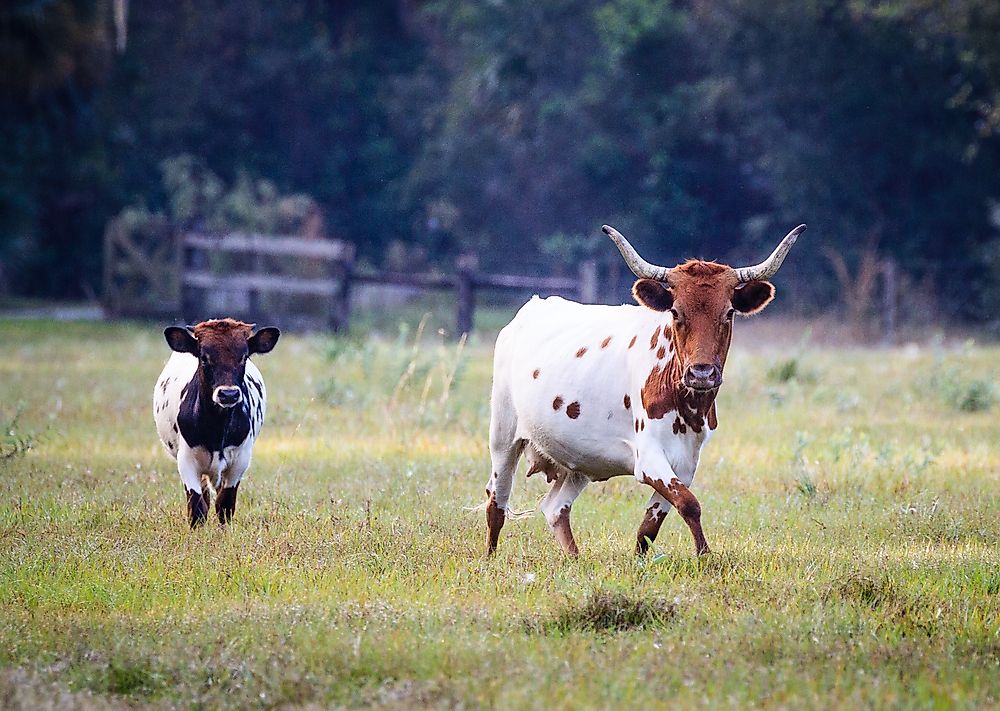What is a Landrace?

A landrace breed refers to a group of animals that have lived in the same geographical area for generations. During this time, the animals have adapted to their cultural and natural environment, becoming isolated from other plants or animals of the same species, and interbreed amongst themselves resulting in some genetic uniformity. The animals grow with minimal or no outside influence. Landraces must adapt to their local environment for them to produce offspring. Examples of conditions that a landrace must adapt to include: predators, temperature, altitude, parasites, abundance or scarcity of water, and terrain among others. Examples of landraces include Florida Cracker cattle, Randall cattle, Spanish goats, English shepherd dogs, Pineywoods cattle, Icelandic chickens, and Choctaw hogs.
Characteristics of a Landrace
The first distinct feature of landraces is that they are morphologically distinct and identifiable. Secondly, landraces are genetically adapted to their local environment. Consequently, they can withstand its harsh conditions such as lack of water and extreme temperatures. Thirdly, a landrace is not a product of a government’s formal breeding programs. As such, it may lack aspects such as systematic improvement and selection. Another distinct feature of a landrace is that it has a historical origin in its local habitation resulting to it even having a local name. A name suited to its environment is proof that the ancestors of the animal lived in the same region. In cases of plants, where yield is measurable, one will realize a high stability of yield in spite of any adverse conditions. Finally, landraces reveal genetic uniformity whenever they undergo genetic testing. Results of such testing will indicate only slight genetic diversity.
Distinction Between Landraces, Cultivars, and Clones
A landrace attains a form of genetic uniformity from domestic breeding over a long period of time. A cultivar, on the other hand, results from selective breeding to achieve some desirable characteristics. For instance, rice cultivars could be classified based on the shape, texture, and smell of their grains. Clones are cultivars which are asexually produced to achieve genetically identical plants or animals.
Shaping Landrace Environments
Humans influence the environment in which they raise the landraces. They do so either passively or actively. Some ways that people passively alter the environment include providing shelter, feed, or supplements. Other ways are restricting the movement of animals to a specific area. Humans also doctor sick animals and assist animals during their process of birth. On the contrary, active human influence on the landraces includes selecting landraces for color, versatility, production, specialized purposes, and working ability. Landraces are becoming rarer by the day. However, the idea of plants and animals adapting to their specific geographical habitations is a great phenomenon.











